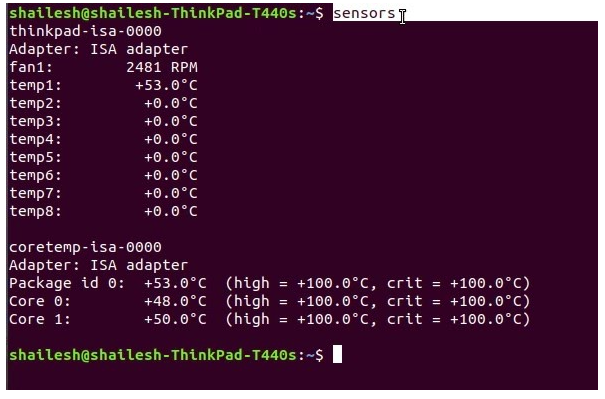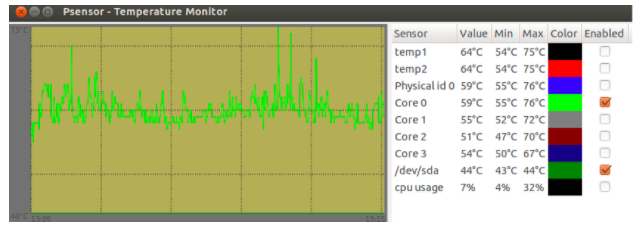


There are two ways of specifying firewalls: On a fresh system I change the host name to DJ-edge and add the user admin: My lack of luck in restoring the default configuration lead others to suggest that the router’s flash drive was broken.
#Coolterm debian how to
I could not figure out how to make the file transfer with the TFTP (Trivial FTP) protocol from my computer to the router.On my Mac I used the program CoolTerm to establish the connection.įor future reference, it may be possible to recover a broken EdgeOS using this EdgeOS rescue kit. To gain access through the console port a special RJ45-to-DB9 (and possibly an adaptor cable) is needed.

How not to configureĪt first, instead of loading a new config file, I simply replaced /config/config.boot.Īfterwards I could not access the router through the ethernet ports – even after a factory reset.Ĭonnection could be established through the console port, but the router did not make it and eventually I had to get a new one. If things mess up completely, the default configuration is located at /opt/vyatta/etc/. To delete a single setting like the setup for the eth0 port, use delete interfaces ethernet eth0. In order to see how how the current configuration can be entered, use show configuration commands. To have a valid starting point, I first save the current configuration in ~/config.new (alternatively copying /config/config.boot). Unfortunately, word completion is not working in the default shell.įor the longer configurations like firewall policies, I prefer to make a configuration file and load this with the command load /path/to/config.file. In configuration mode word completion is activated and with a double TAB/double ?, the commands are explained. When finished with the changes remember to commit and save.įor the initial setups I think this is a good way, as it is easy to catch errors. The changes can be entered by changing to configuration mode with configure and then typing them individually.
#Coolterm debian full
My full configuration file is found (/files/config.boot). Specific sources are found in the relevant part, the general are: My setup is compiled from a number of sources. My setup is with a LAN ( eth1), a WAN ( eth0) and a DMZ ( eth2) such that As a router I use an EdgeRouter Lite managed with EdgeOS.ĮdgeOS is very flexible, but does require work to configure, which this post is about.


 0 kommentar(er)
0 kommentar(er)
